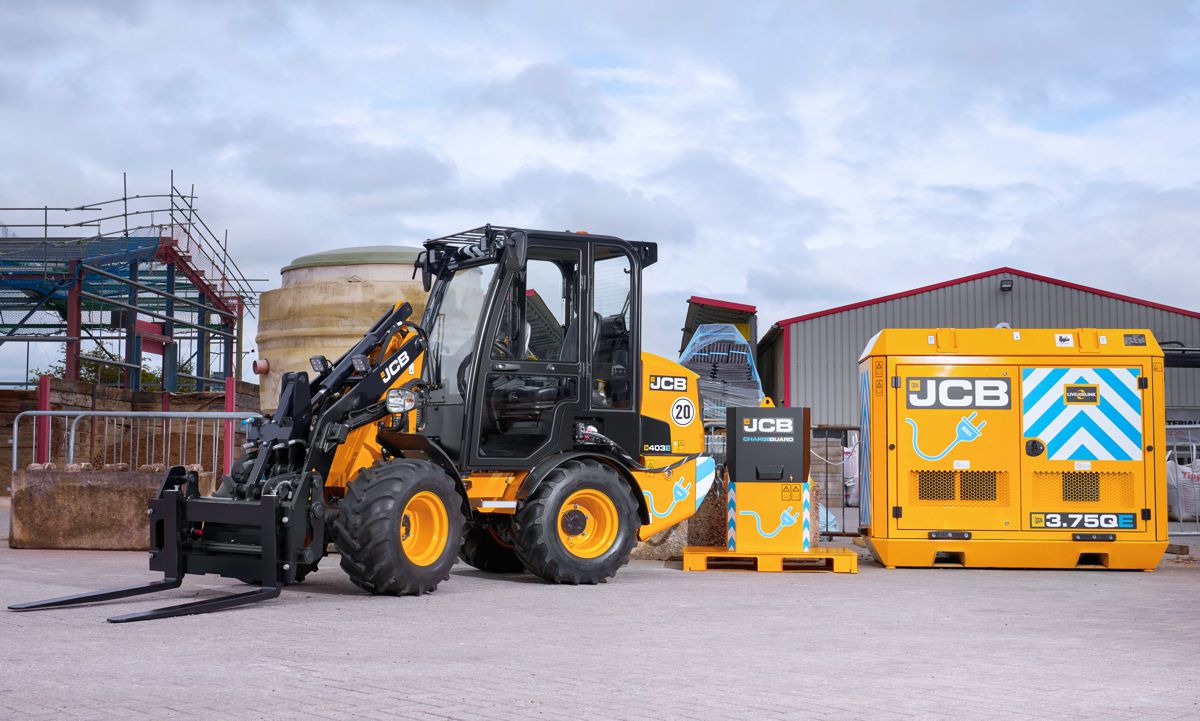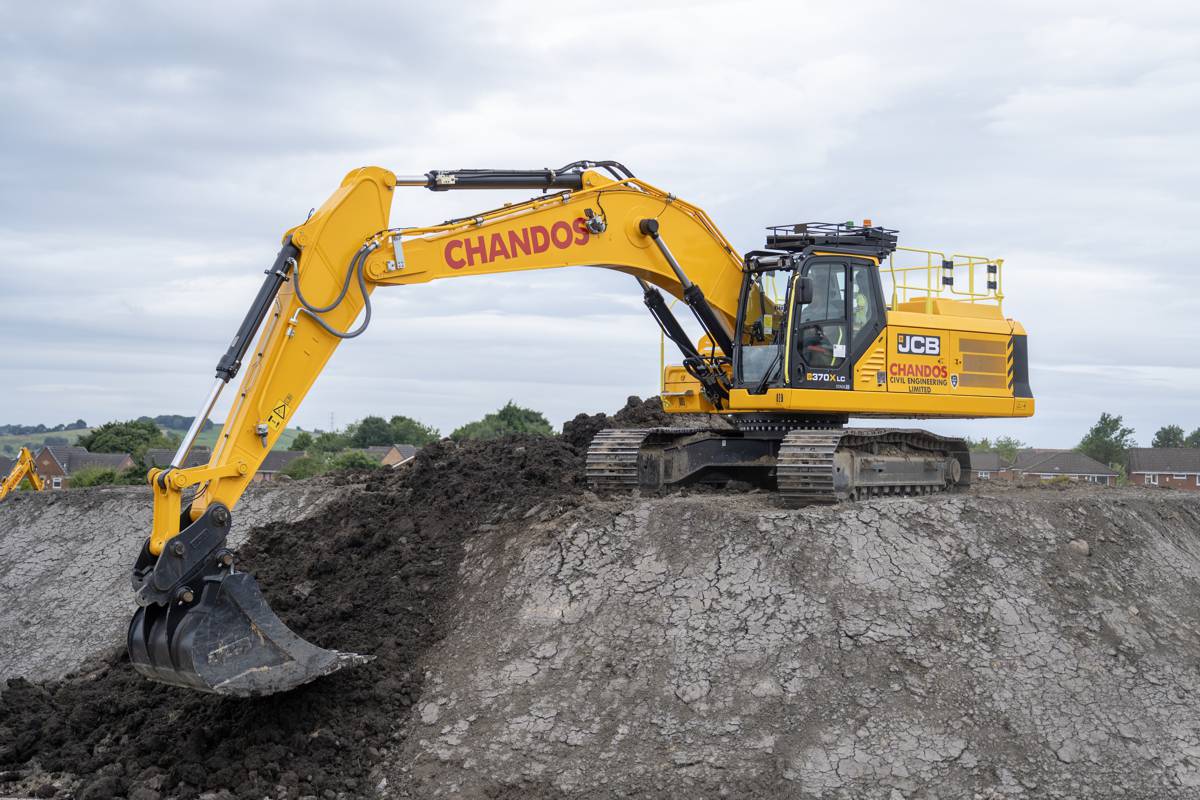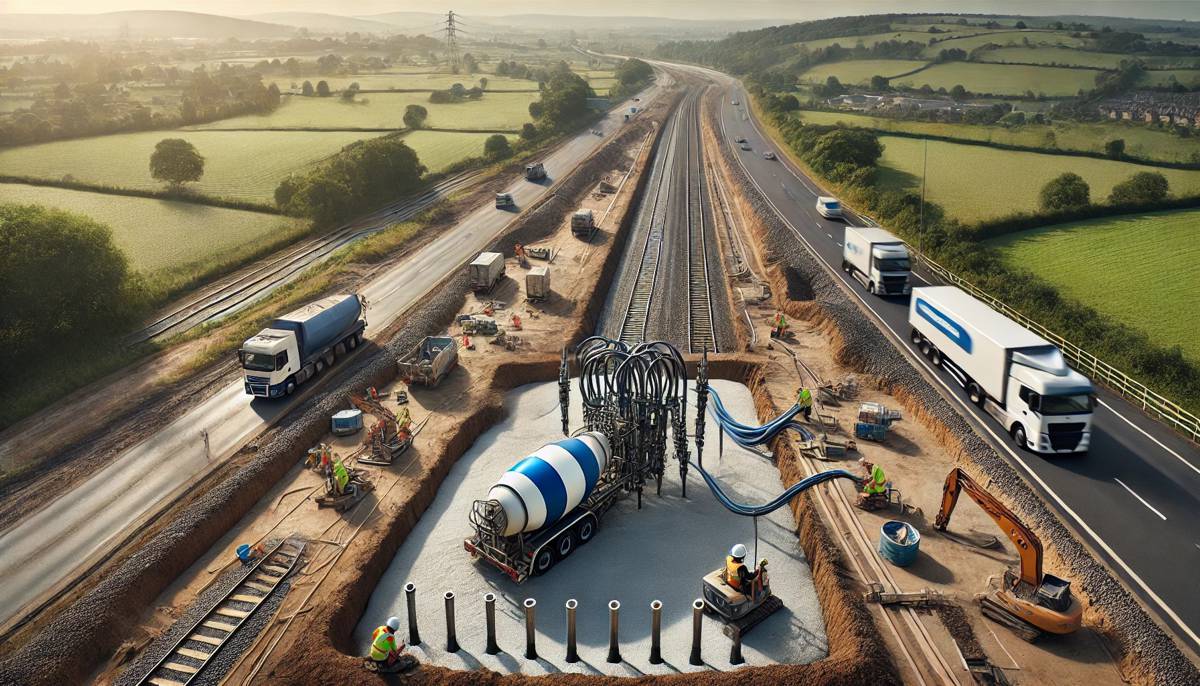Why the UK faces a perfect storm on motorway bridge safety
Concrete has been the mainstay of motorway bridge construction for decades and has a wealth of benefits. It’s durable, versatile, and consistently meets the demands expected of it. Not to mention the fact it is cost-effective to produce. However, like the bridges made from it, concrete needs support itself.
Moreton Cullimore, managing director of aggregates and haulage specialist The Cullimore Group, explains why the UK needs to be aware that concrete isn’t without its weaknesses, and how looking into alternative materials to use in its manufacture will help prevent an epidemic of so-called ‘concrete cancer’.
Made up of three main composite parts – water, aggregate, and cement – concrete has been the go-to material for motorway bridge construction for decades. Many of them were manufactured at the end of the Second World War or thereabouts and are required to last for approximately 100 to 120 years in order to meet industry regulations.
However, the materials which hold our bridges together may not be as strong as we think. Doing the maths, many bridge structures, constructed during the 1960s, shouldn’t be approaching their twilight years, but up and down the country we see many bridges having extensive repair works done to their structures. This is because of an outbreak of ‘concrete cancer’, where an inferior aggregate in the past was used to make the concrete.
This inferior aggregate, unrealised at the time of production, is more susceptible to the acidity in our rainfall creating a slow reaction over time and dramatically reducing the longevity of life the concrete in which such aggregate was used.
We need to start looking at what we put into concrete in order to make sure it is still able to withstand the pressures of the 21st century.
In recent years, we’ve been subjected to extremely cold winter weather followed by unseasonably warm temperatures. It’s common knowledge that concrete needs to be sealed to prevent water from being absorbed and compromising its strength, however the constant freeze-thaw cycles caused by our climate may play a role in affecting concrete’s performance and the reinforcing beams within it.
The warning signs are there. Take suspension bridges for instance; signs of corrosion on the cables, likely caused by the moisture in our climate or heavy rainfall, is one of the clearest indicators that we need to monitor our bridges closely. And in some cases, the deterioration of reinforced concrete can start in as little as five or ten years.
There are materials we could explore the possibility of using to strengthen the concrete in motorway bridge construction. Take quartzite for example, a material commonly used in kitchen worktops but which is also used for railway ballast and in some parts of the United States, for road construction.
Quartzite is a hard, durable, and resistant metamorphic rock which is found across the UK and Ireland. A natural material, quartzite can withstand heavy stresses such as freeze-thaw cycles and other extreme weather patterns, and extracting it is not that much different to materials like sand or gravel currently being used in concrete production.
Its natural make-up also means quartzite is highly resistant to acid rain. The fact that it forms part of mountaintops also shows how resistant quartzite is to harsh environments and weathering, making the conditions it will be subjected to in a bridge over the M1 for example fairly small scale in comparison.
Quartzite is just one avenue we could explore in ensuring we’re using the right materials for the right purpose. Natural stone, widely extracted, has been used in bridges for centuries and still very much has a place in today’s transport networks.
In fact, Bristol recently rebuilt a pedestrian bridge with natural stone featuring heavily in its design and in Peterborough, a specific type of aggregate material was used to repair and reinforce a well-known bridge first constructed in the 1970s.
We as a country need to be mindful of using the correct materials for the right processes. Equally, we need to ensure we source them from the right places. While materials such as quartzite are found in sizeable pockets at quarries across the UK, all have different geographical properties.
While this does mean we have to be selective, we won’t have to rely on importing material and have a valuable resource to export.
I’m not saying that bridges around the UK are made of weak concrete with the wrong chemical construction, because they are not. Many are just constructed with materials that are more prone to erosion and therefore need repair and replacement with more regular frequency.
But we do need to start looking at the material our network is made of in order to prevent a wider, national issue from manifesting into something more serious than we could potentially address. We must therefore learn from our errors in the past.















